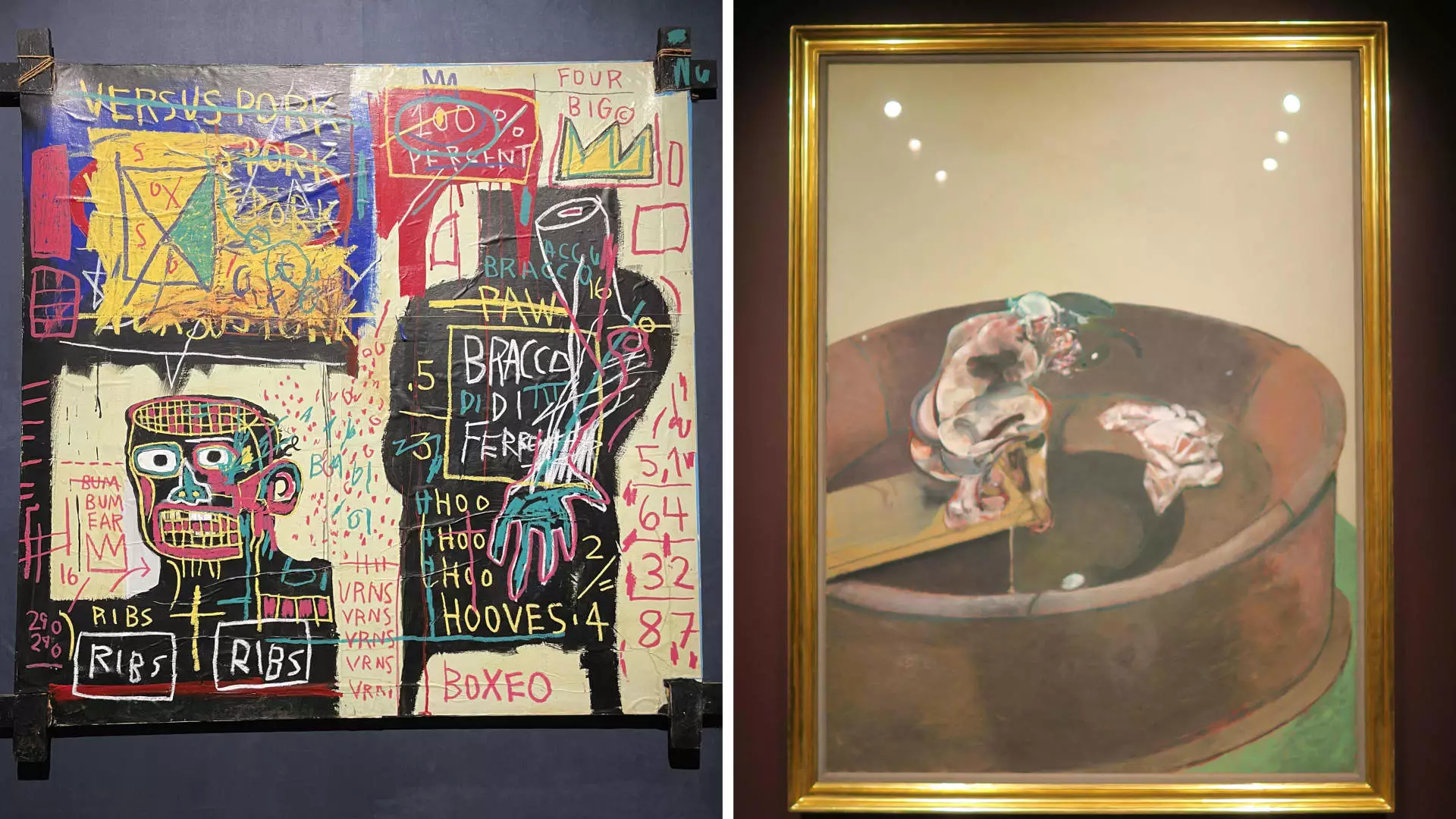The key art sales in May are not expected to reach the same heights as the previous year. Major auction houses such as Christie’s, Sotheby’s, and Phillips are anticipating a total of $1.2 billion in sales, which is down 18% from the previous year. This decline follows a trend from the art market’s peak after the Covid pandemic, where record-breaking sales were driven by factors such as cheap money, a booming stock market, and fiscal stimulus.
Sales in the contemporary and postwar art category, which has been a major driver of growth in recent years, have dropped significantly by 48% in the first quarter of this year. The main issue seems to stem from the lack of supply rather than demand, as collectors are holding back on selling their prized possessions in hopes of a better market environment.
Dealers and art experts believe that the auction art market is stalled due to pricing disagreements between sellers and buyers. Sellers are reluctant to accept lower prices than what they could have achieved during the market peak, while buyers are seeking discounts due to rising interest rates, political uncertainty, and the upcoming elections.
Buyers are also exhibiting a lack of confidence in the market due to factors such as persistent inflation, higher interest rates, and geopolitical crises. Even though some buyers have the financial means to make purchases, they are hesitant to do so because of the overall market conditions and the scarcity of top-level art available for auction.
While the current market conditions may present challenges, art experts suggest that it could be an opportune time to hunt for bargains. With the long-term prospects of the art market looking favorable, buyers who can secure deals at pre-2022 prices may benefit from their investments in the future.
Despite the weakness in auction sales, the private markets and galleries are exhibiting strong performance. Sales of new works in galleries are less tied to investment returns, making them less susceptible to economic volatility. Additionally, auction houses are experiencing growth in private sales, where deals are brokered directly between buyers and sellers without a public auction.
The current state of the art market reflects a shift from the frenzied sales of previous years to a more cautious and subdued environment. While auction sales may be declining, opportunities for bargain hunting and strong performances in the private markets suggest that the art market remains resilient. With changing market conditions and buyer sentiments, the art market continues to evolve, presenting new challenges and opportunities for collectors, dealers, and investors alike.

Leave a Reply